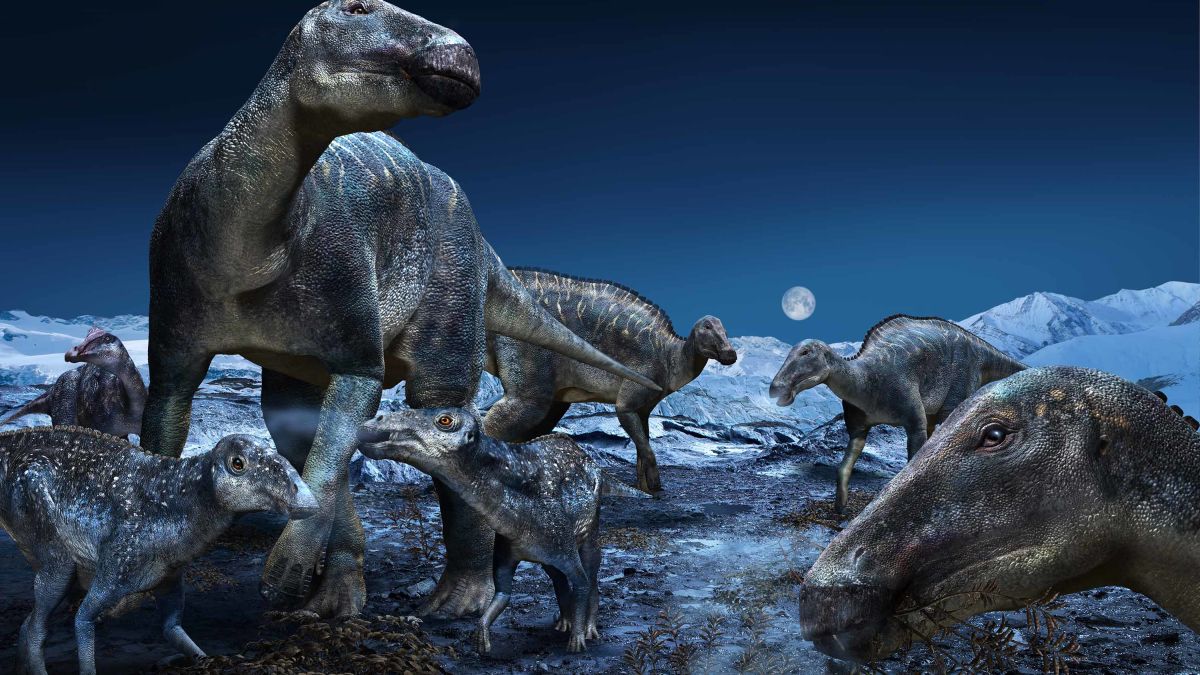In the 1950s, researchers made the first discovery in a series of unexpected dinosaur fossils at polar latitudes. On June 24, scientists reported in current biology They have the first convincing evidence that several species of dinosaur lived in what is now northern Alaska, but they also established their nests there.
“These are the most northern dinosaurs ever,” says Patrick Druckenmiller of the University of Alaska Museum in the North. “Not only did we show the presence of prenatal remains – dinosaurs that were just born or were still in an egg – of one or two species, but instead we documented the existence of at least seven types of dinosaurs that originated in the Arctic.”
Previous studies at a few sites provided a range of evidence that one or two unknown dinosaur species were able to nest near or just above the Arctic and Antarctic circles, the researcher continued, but the new study is the first to emerge after that. No doubt that the species nested at extreme latitudes. Environmental conditions at the time were very extreme, with an average annual temperature of around 6°C. There were also periods of nearly four months of complete winter darkness, with conditions below freezing.
Druckenmiller and co-author Gregory Erickson of Florida State University have a long history of documenting the ancient arctic ecosystem of the Prince Creek Formation in northern Alaska, including dinosaurs, mammals, and other vertebrates. They are also looking to see how these animals live, due to the harsh environment.
This particular environment is difficult to access for researchers. “The working season in the Arctic is short, and you have to get there by air and in small boats,” Druckenmiller said. “To complicate matters further, the only way to examine the stones is to go to the rapids adjacent to Alaska’s largest river, Colville. These rapids are dangerous and in danger of collapsing, which makes collecting fossils difficult.”
In a decade of work, researchers, with the help of many students over the years, have discovered hundreds of tiny dinosaur bones, including the teeth of individuals who were either still in an egg or had just been born. The dinosaurs discovered in the Arctic include small and large herbivores, as well as carnivores, including tyrannosaurs.
“It wasn’t long ago that the idea of finding dinosaurs in such high-risk areas and environments came as a surprise,” Druckenmiller says. The fact that most, if not all of these species were also breeding in the Arctic is downright fascinating. We’ve always been asked, “Did you find any eggs?” So we answer “No”. But we found something even better: the same little dinosaurs. “
Subscribe to our newsletter!
Encourage Pieuvre.ca

“Proud thinker. Tv fanatic. Communicator. Evil student. Food junkie. Passionate coffee geek. Award-winning alcohol advocate.”

